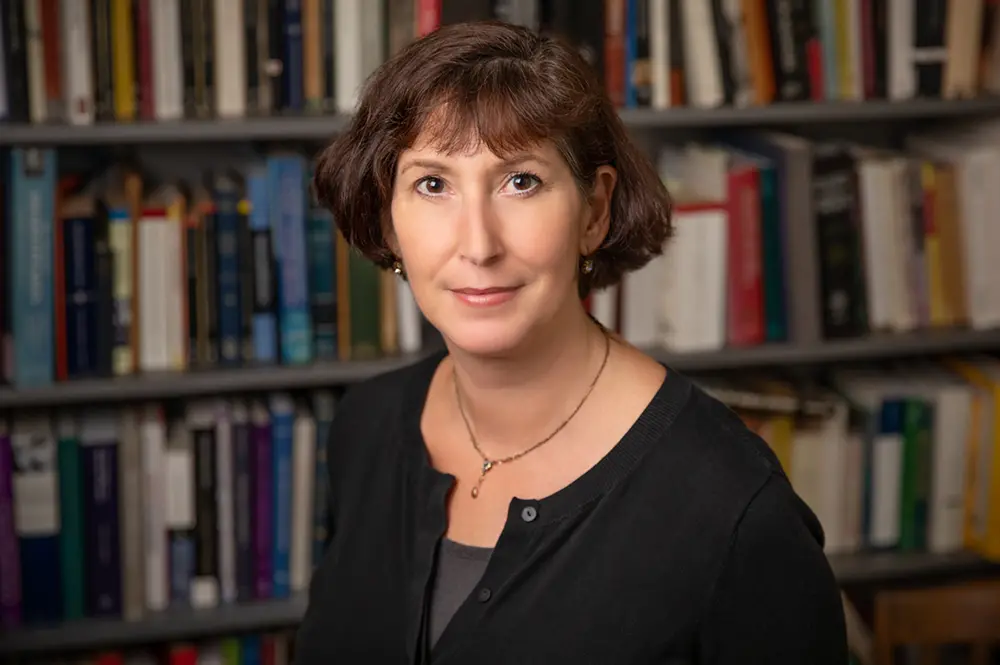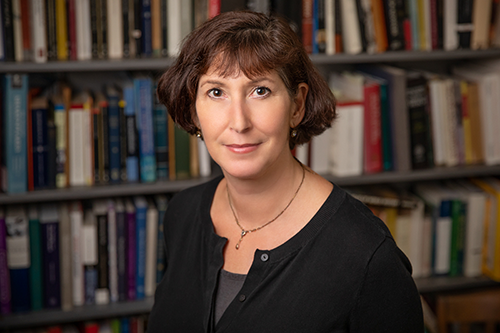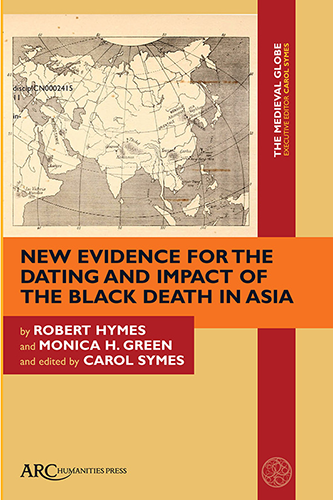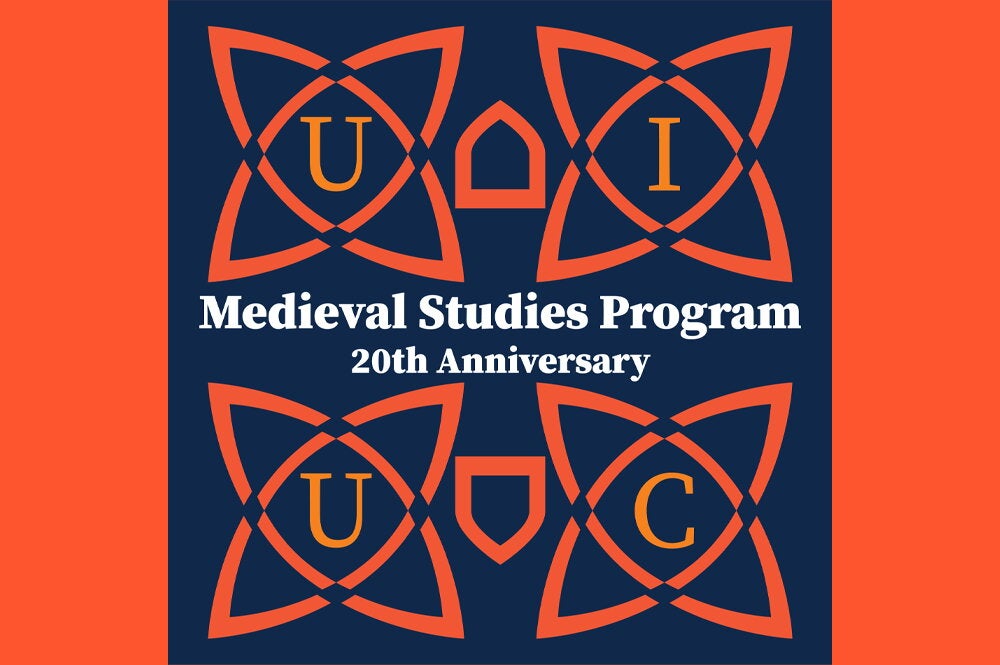

New research indicates that the Black Death pandemic was already affecting Central Asia and East Asia a century earlier than its well-documented arrival in Europe. A special open-access issue of “The Medieval Globe,” a journal based at the University of Illinois Urbana-Champaign, is devoted to the new evidence of when and where the Black Death was present in Asia, said Carol Symes, the founding executive editor of the journal and a professor of history and of medieval studies.
Until about 10 years ago, the accepted knowledge of the Black Death was that it began in the 1340s and moved from the Black Sea area into the Mediterranean region and Europe, where it caused massive mortality. But then, the genome of the plague bacterium Yersinia pestis was sequenced in 2013, presenting the possibility of a longer timeline, Symes said.
“Everything we thought we knew about the Black Death became unsettled,” she said.

Since then, the bacterium has been discovered to have existed millennia earlier and is now known to be the cause of the First Plague Pandemic, which devastated the Roman world in the sixth century. It was likely present in a less virulent form during antiquity, Symes said.
Recently, a team of scientists confirmed that human remains excavated in Kyrgyzstan over a century ago were evidence of plague deaths in the late 1330s. “About 10 years before it ravaged the Mediterranean world, it’s killing people in Central Asia,” Symes said.
The researchers writing in “The Medieval Globe” said this is an example of the Black Death, also called the Second Plague Pandemic, being present earlier than once believed, but they don’t believe it’s the origin of the pandemic, Symes said.
Robert Hymes, a professor of Chinese history at Columbia University, has found 13th century writings of Chinese physicians describing patients’ symptoms that were identical to those seen later in Europe during the Black Death – including buboes, which are associated with the bubonic plague, one form of the Black Death, Symes said.
“They were encountering a new disease and struggling to diagnose and provide cures for it. There are scattered references to this in the Chinese sources, suggesting they were already seeing this in the 1220s, more than a century earlier” than the Black Death in Europe, she said.
Hymes showed that the outbreaks were directly tied to Mongol conquests of North China. As the Mongols moved through the Kyrgyzstan region of Central Asia, likely the origin of the bacterium, they carried the plague with them as they traveled east and west to conquer other parts of Asia, Symes said.
“Wherever they were moving, they were bringing with them clothing and hides that were carrying the fleas that carry the disease. There is a very close correlation between the arrival of the Mongols in Imperial China and the first documentation by physicians of this terrible disease,” Symes said.
Monica H. Green, a historian of medicine, presented an overview in the journal of genetic information and documentary evidence such as the texts Hymes described and similar evidence from the Arab world of physicians struggling to identify a new disease. Green maintained that in order to pinpoint the moment in time that the existing bacterium became the source of a plague outbreak, there needs to be evidence of systemic change that could cause a polytomy or “Big Bang” of epidemic proportions, such as increased contact between animals and humans, Symes said.
The Chinese writings documented by Hymes also coincide with the end of the Medieval Warm Period when temperatures warmed significantly in the Northern Hemisphere from around 750 to 1250, which seems to have kept Y. pestis dormant. The bacterium thrives in cooler temperatures, Symes said. The movement of the Mongols throughout Asia – creating political unrest, hunger, and disease – came at a time when the bacterium was becoming more virulent because of a cooling climate, she said.
“It really takes scholars from of a lot of disciplines to make sense of this disparate evidence,” including researchers with knowledge of climate change, human-animal interactions, genomics, and history, Symes said. “Genetic science is amazing, but there are other types of data, including the historical, textual data that Hymes is an expert at understanding, that are providing a road map for scholars.”


